The Ray-Ban Wayfarer is the definitive sunglasses style of the 20th century and beyond. In this edition of Menswear Icons You Should Own—Man of Many’s series exploring wardrobe essentials—we’ll uncover how this landmark piece of eyewear became the icon it is today, what sets it apart from the competition, and which legends of the stage and screen have worn it best.
Here in Australia, we’re only a few weeks into spring, yet the sun has already put everyone on notice. Summer 2025-2026 is going to cook, but if we look on the bright (or perhaps glary) side, that gives us all a convenient excuse to elevate our sunglasses game.
For my money, sunnies are the most essential menswear accessory you can own. They’re practical, sure, but the right ones can elevate even the most no-frills look, and you don’t need to break the bank to secure a high-quality pair that lasts you for years (provided you can avoid sitting on them).
That said, the broad range of styles, colours, and materials on offer at your local sunglass emporium can make selecting the right ones somewhat overwhelming if you don’t know what you’re looking for. Fortunately, if you’re after a truly iconic option (and why wouldn’t you?), it’s an easy decision: the Ray-Ban Wayfarer is the only choice.
To describe Ray-Ban’s Wayfarer as a menswear icon actually feels like an understatement. It’s difficult to think of an item more recognisable, imitated, or donned by as many people who are icons in their own right. While the Ray-Ban Wayfarer can take a number of subtly different forms, we all know the foundational look that underscores the style.
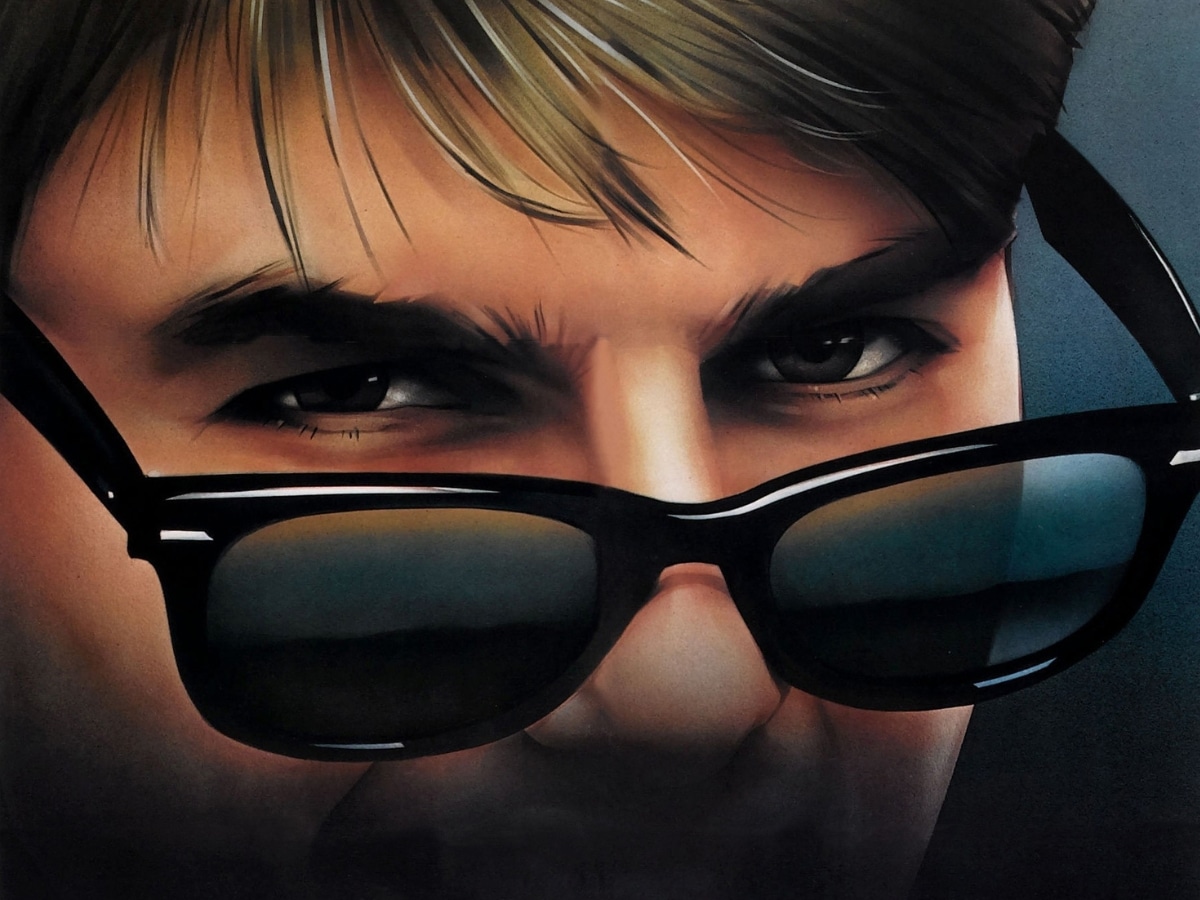
It combines a blend of clean lines and subtle curves, with protruding top corners marked by rivets, and lenses that tilt back towards the face, making it easier for the wearer to cheekily peer over the top à la Tom Cruise in Risky Business (above) or Matthew Broderick in Ferris Bueller’s Day Off.
With that, let’s dive into how the Wayfarer became the most famous sunglass style in the world, adorning the faces of everyone from Jack Nicholson and Muhammad Ali to Bob Dylan and Michael Jackson.
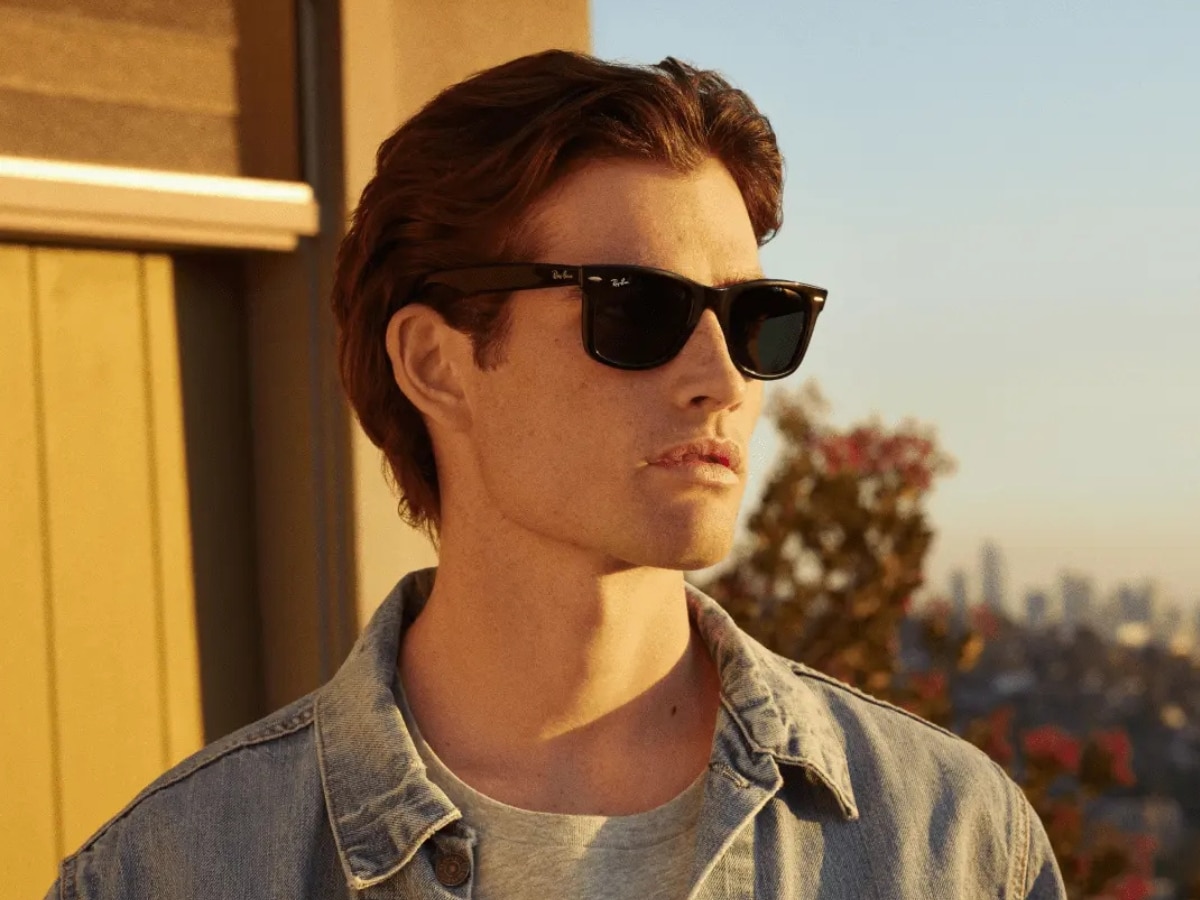
Showing the Way
The Wayfarer made its grand entrance in 1952. Crafted by the American designer Raymond Stegeman for Ray-Ban, the new frame caused a splash in the design-obsessed era of hot rods, tulip chairs, and starburst clocks. The plastic construction was a significant departure from Ray-Ban’s previous wire-rimmed efforts and perfectly encapsulated the ethos of the period that gave birth to them.
Over the years that followed, Wayfarers saw a rapid rise in popularity as they were adopted by early rock and roll pioneers like Buddy Holly and Roy Orbison, as well as being donned by Hollywood superstar James Dean in 1955’s Rebel Without a Cause. This saw the style remain conistently popular right through the ’60s.
However, despite being seen as the very embodiment of cool long after its launch, like all things, the popularity of the Wayfarer couldn’t last forever. By the 1970s, metal frames like Ray-Ban’s Aviator design came back into vogue, leaving the Wayfarer out in the cold. However, in an acute demonstration of fashion’s cyclical nature, by the time the 1980s rolled around, a plan was hatched to position the Wayfarer for a comeback.
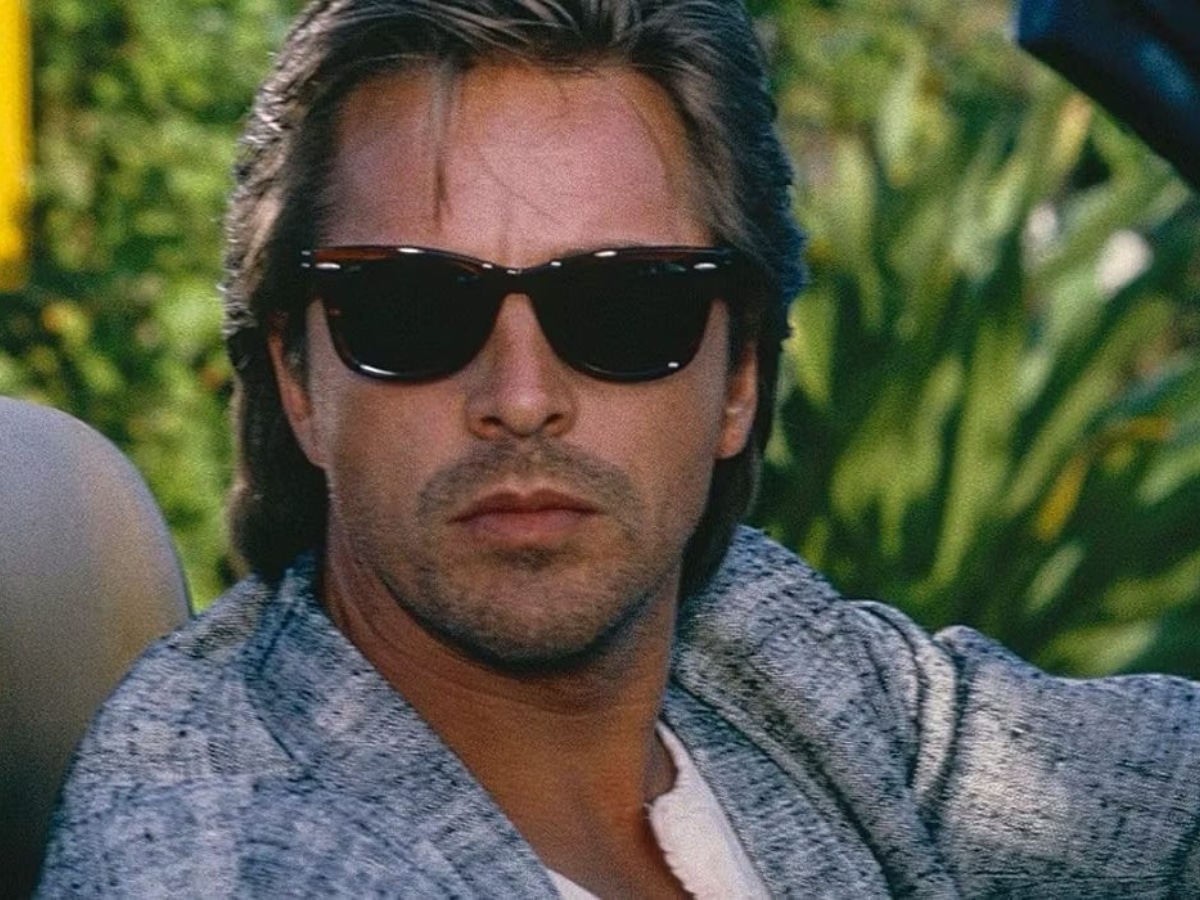
By 1982, the Ray-Ban brand was in dire straits, so its parent company, Bausch + Lomb, signed a $50,000-per-year product-placement deal designed to flood Hollywood with the brand’s frames. The deal saw Wayfarers worn by Don Johnson in Miami Vice (left), Bruce Willis in Moonlighting, and Anthony Michael Hall in The Breakfast Club.
Of these efforts to get Ray-Bans on famous faces, one was so successful (the aforementioned Risky Business) that the trick was repeated three years later by securing a starring role for Ray-Ban’s Aviator style in Top Gun. For those paying attention, you’ll note that both movies perched their sunglasses on the distinctive nose of one Tom Cruise. As a result, it’s long been said that the man who would go on to become the biggest movie star in the world actually saved Ray-Ban.
With the commencement of the ‘90s, the Wayfarer’s popularity continued to ebb and flow, but it never again reached the dearth in popularity it had sunk to in the ’70s. In the wake of Ray-Ban’s sale to the Italian company Luxottica in 1999, the Wayfarer style has remained consistently popular for the last quarter of a century.
Now, you can walk into almost any sunglass shop in the world and choose from dozens of incarnations of these famous frames. We wouldn’t have it any other way. Now, let’s take a look at what makes the Wayfarer so special…
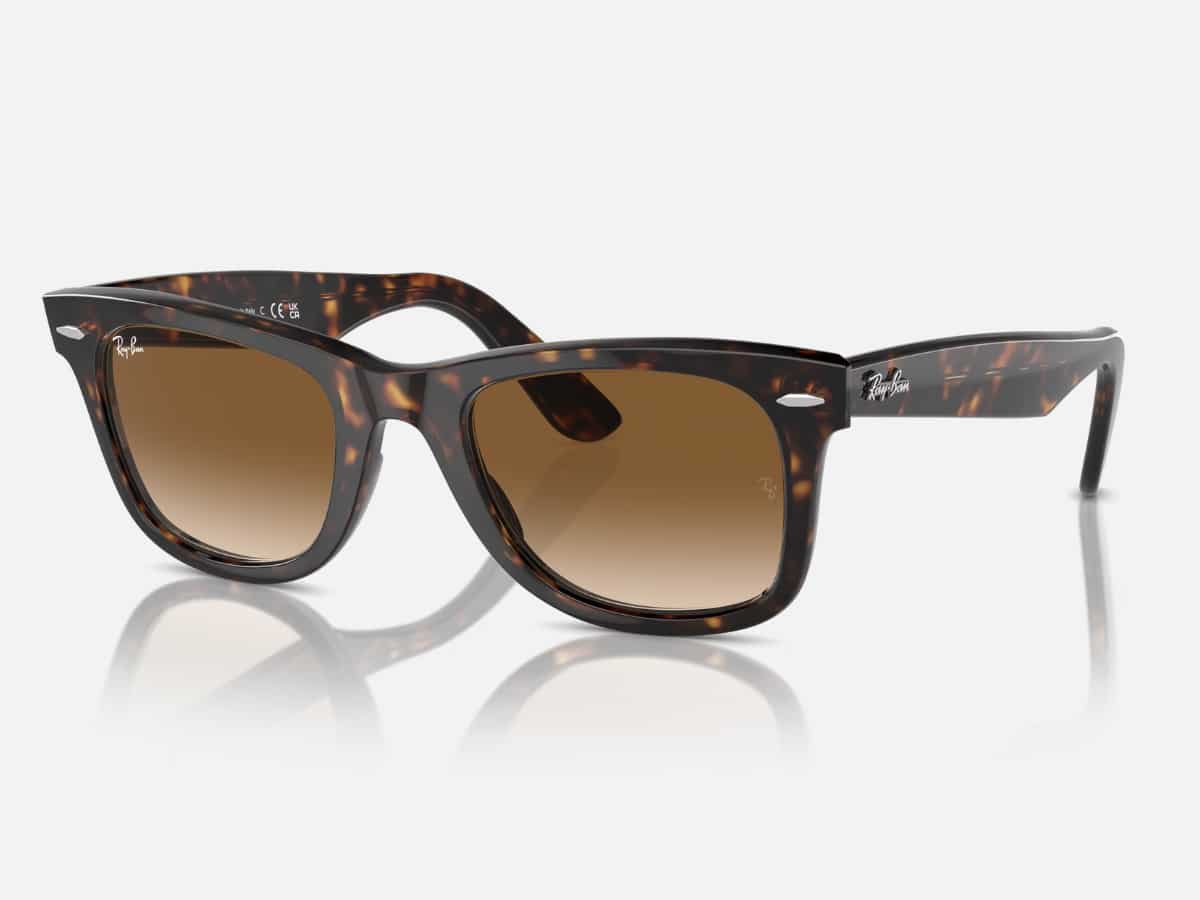
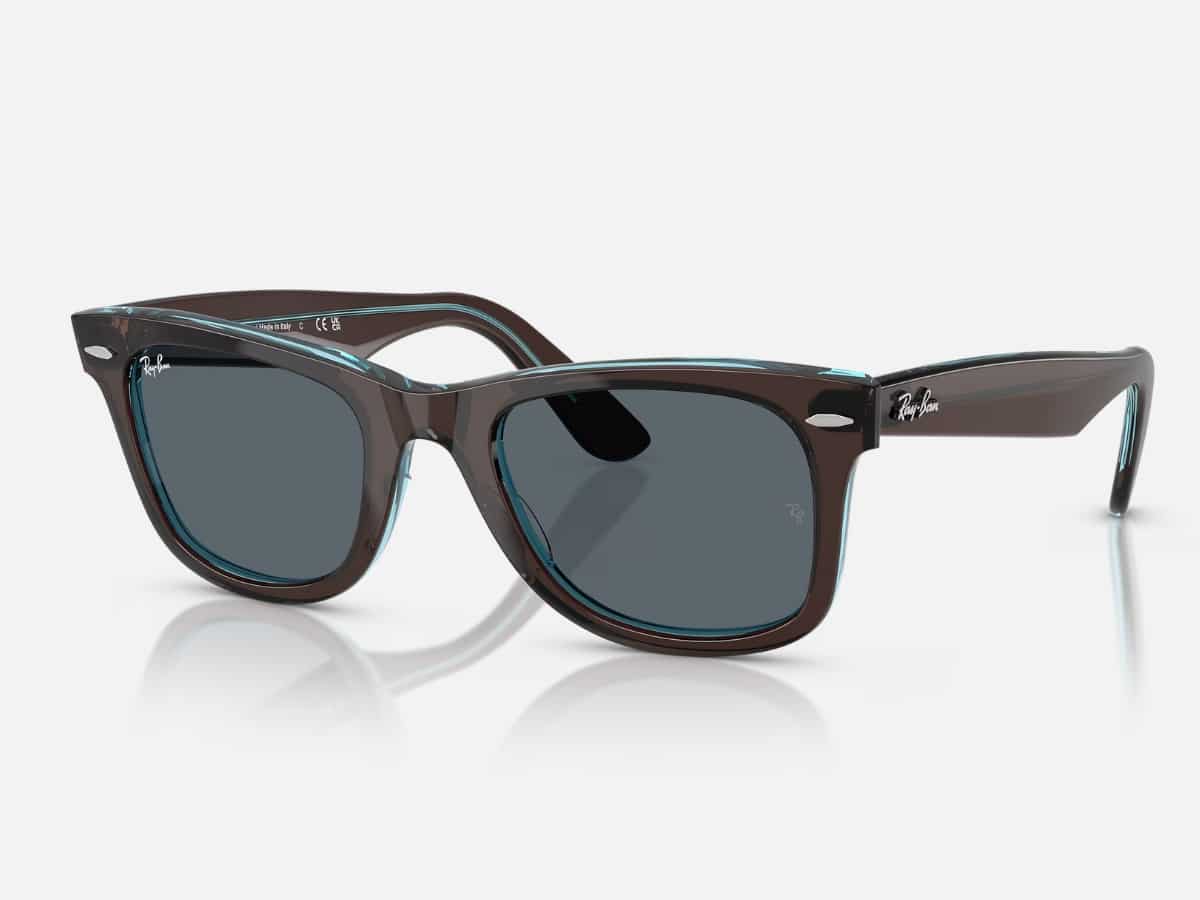
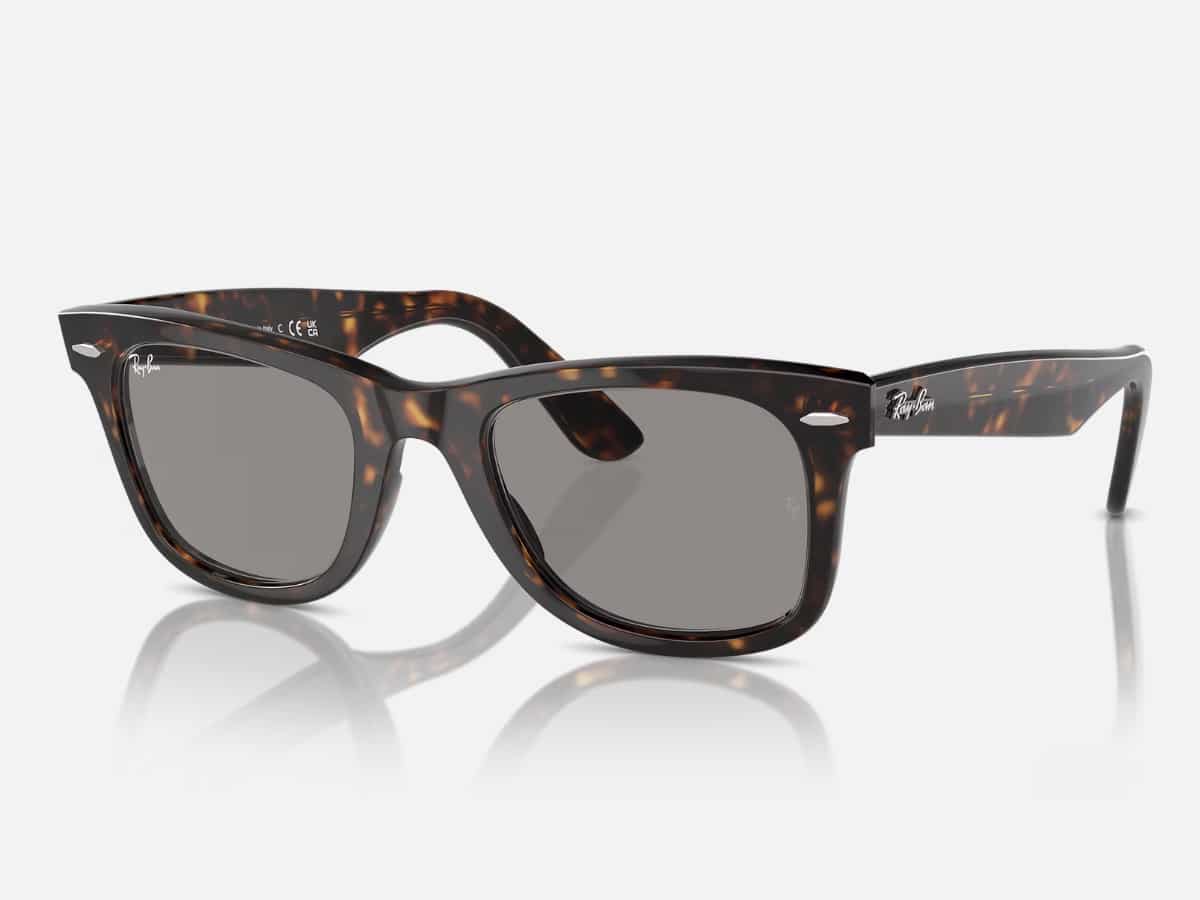
Signature Features
In every edition of Menswear Icons You Should Own, we outline the signature features that have helped our subject reach its status as an icon. These might come down to innovative design choices, materials used in construction, or oddities and quirks that have become part of the charm. Regardless, this is the stuff legends are made of.
1. Acetate Frame
When we describe the Wayfarer as having a plastic frame, it’s possible to imagine a tactile experience similar to the one offered by those knock-off styles that populate service stations worldwide. But the material Ray-Ban deploys in its Wayfarers models is far more premium in feel, and once you’ve owned a pair of sunglasses with acetate construction, you’ll find it very difficult to settle for anything less.
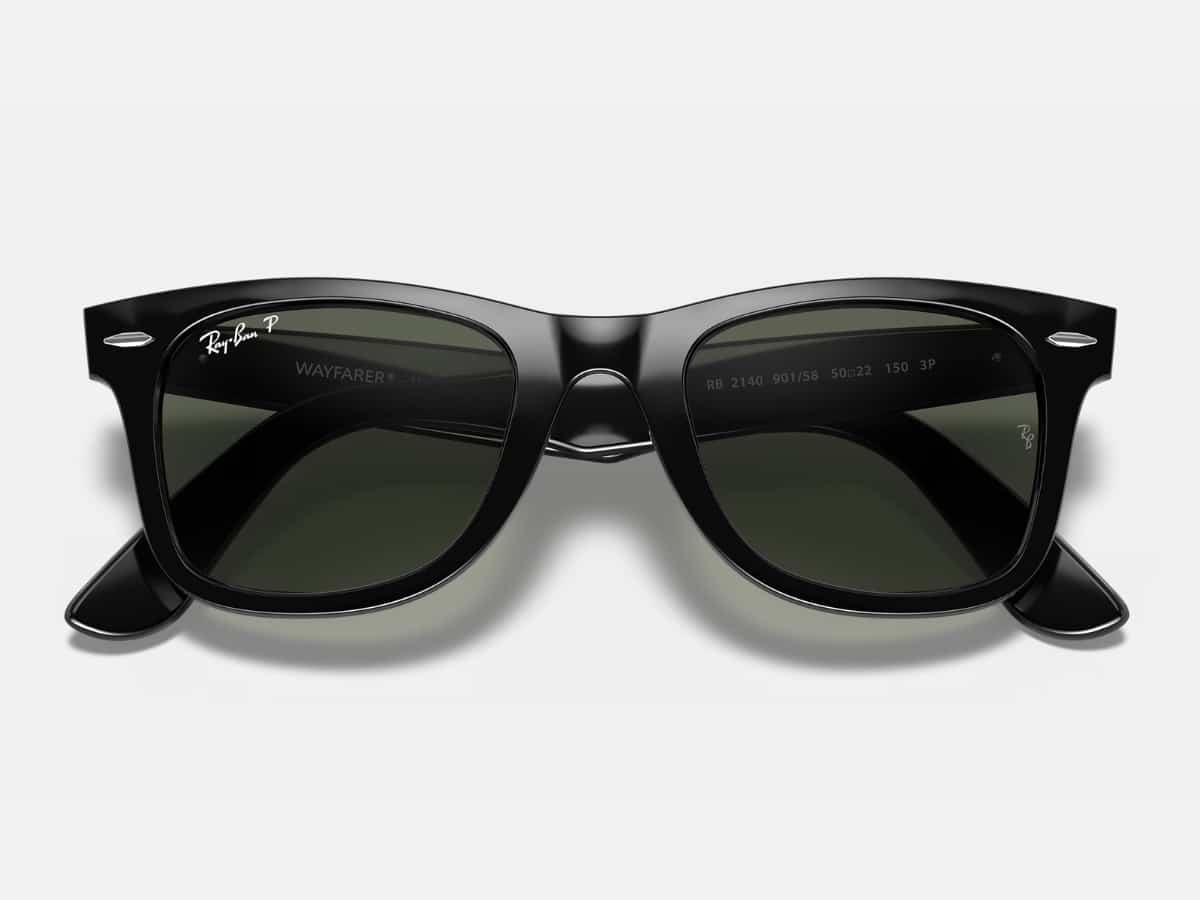
2. Silver Rivets
Serving both a functional and aesthetic purpose, the rivets that are visible at the front of a pair of Wayfarers secure the hinges to the frame, but also add a visual point of interest to proceedings. Have you ever seen a pair of Wayfarers without them? Personally, I can’t care for it.
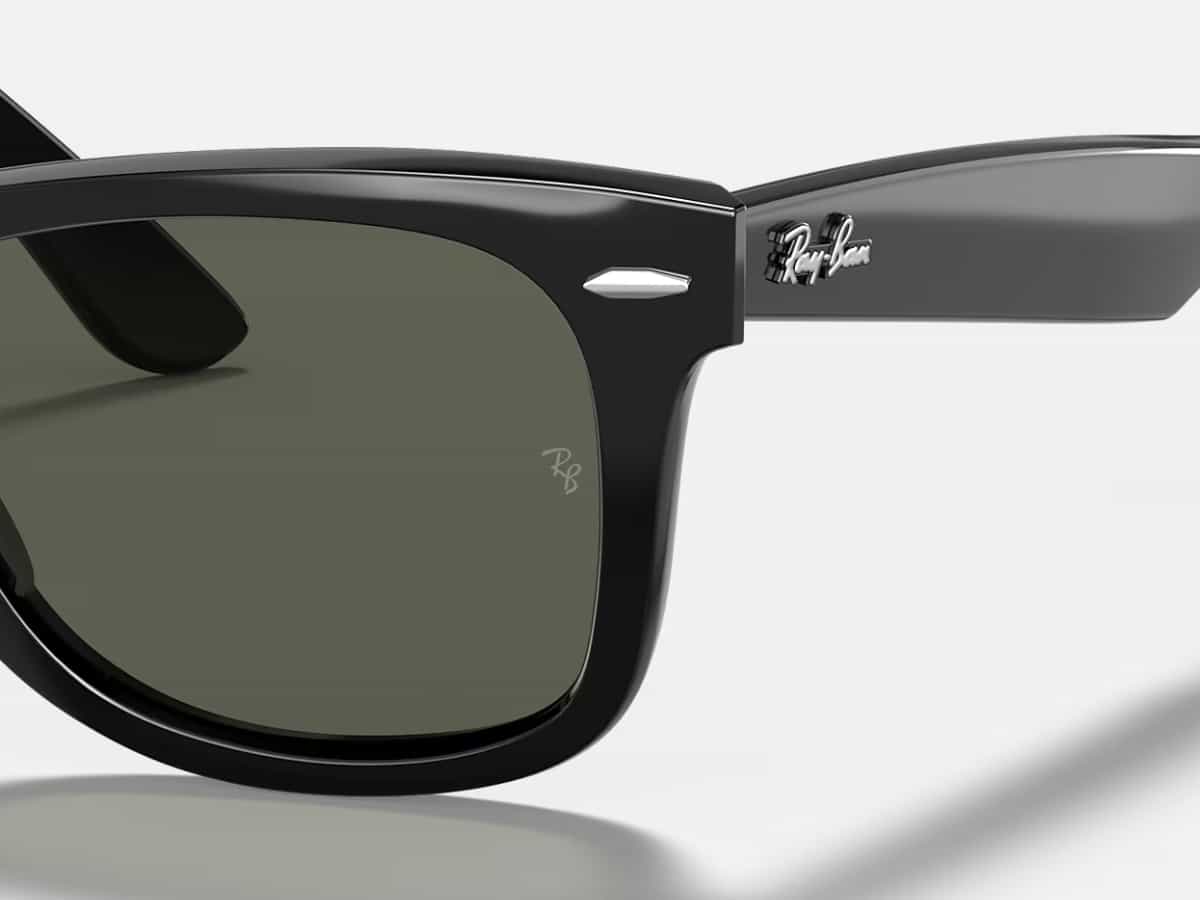
3. Ray-Ban Lens and Temple Branding
No one wants to wear a pair of Ray-Bans and leave those in their proximity in any doubt as to their supreme taste in eyewear. For that reason, no matter which angle someone might view you from, if they can see your glasses, they’ll know they’re Ray-Bans. This is courtesy of brand logos placed on each temple, with a third printed on the top right corner of the right lens (from the wearer’s point of view). Plus, if there’s a P located next to this last piece of branding, you know they forked out extra for polarisation.
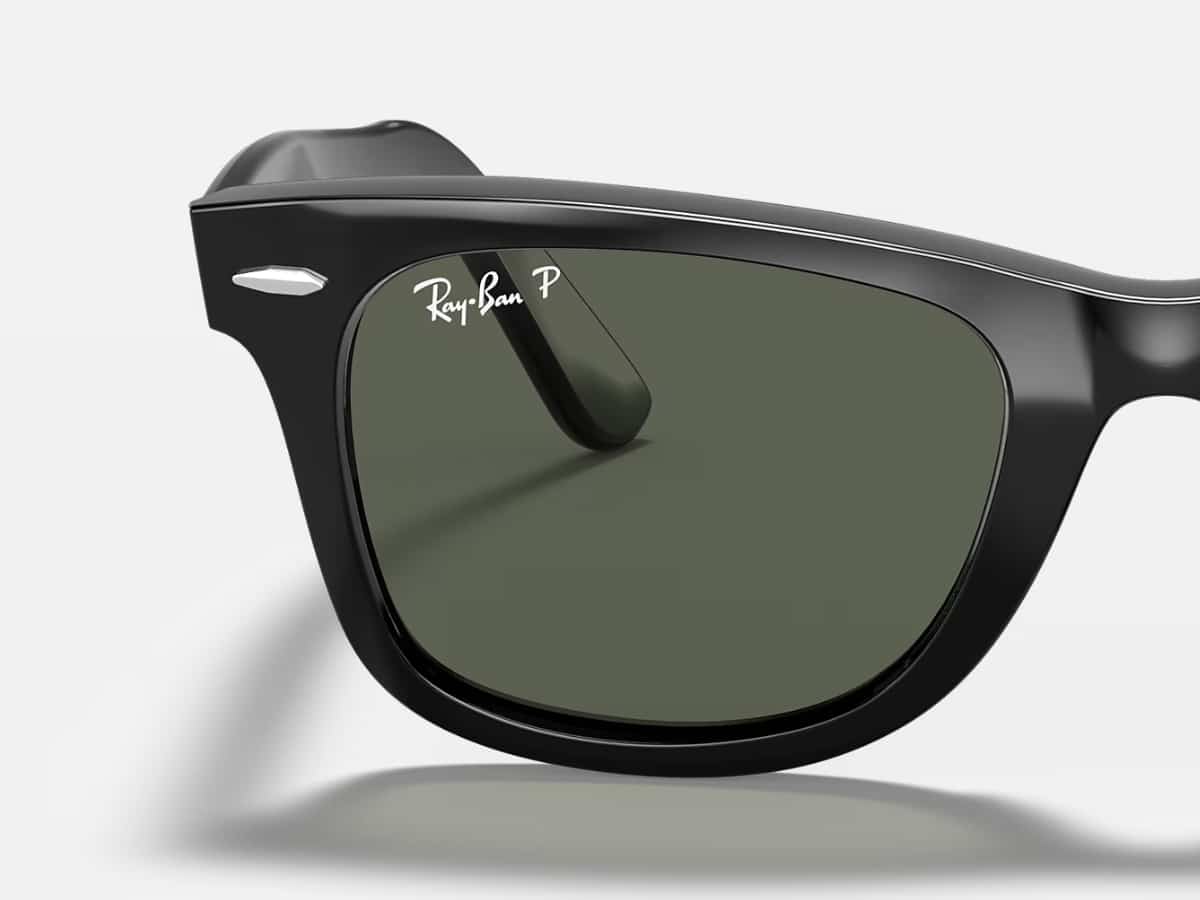
4. Pantoscopic Tilt
An underrated element of the Wayfarer design, the pantoscopic tilt has been lessened or jettisoned altogether by some modern incarnations of the Ray-Ban icon. However, if I’m going to throw on a pair of Wayfarers, I want that aggressive tilt there in all its 1950s-style glory, even if it means a little more sunlight can creep in over the brow bar.
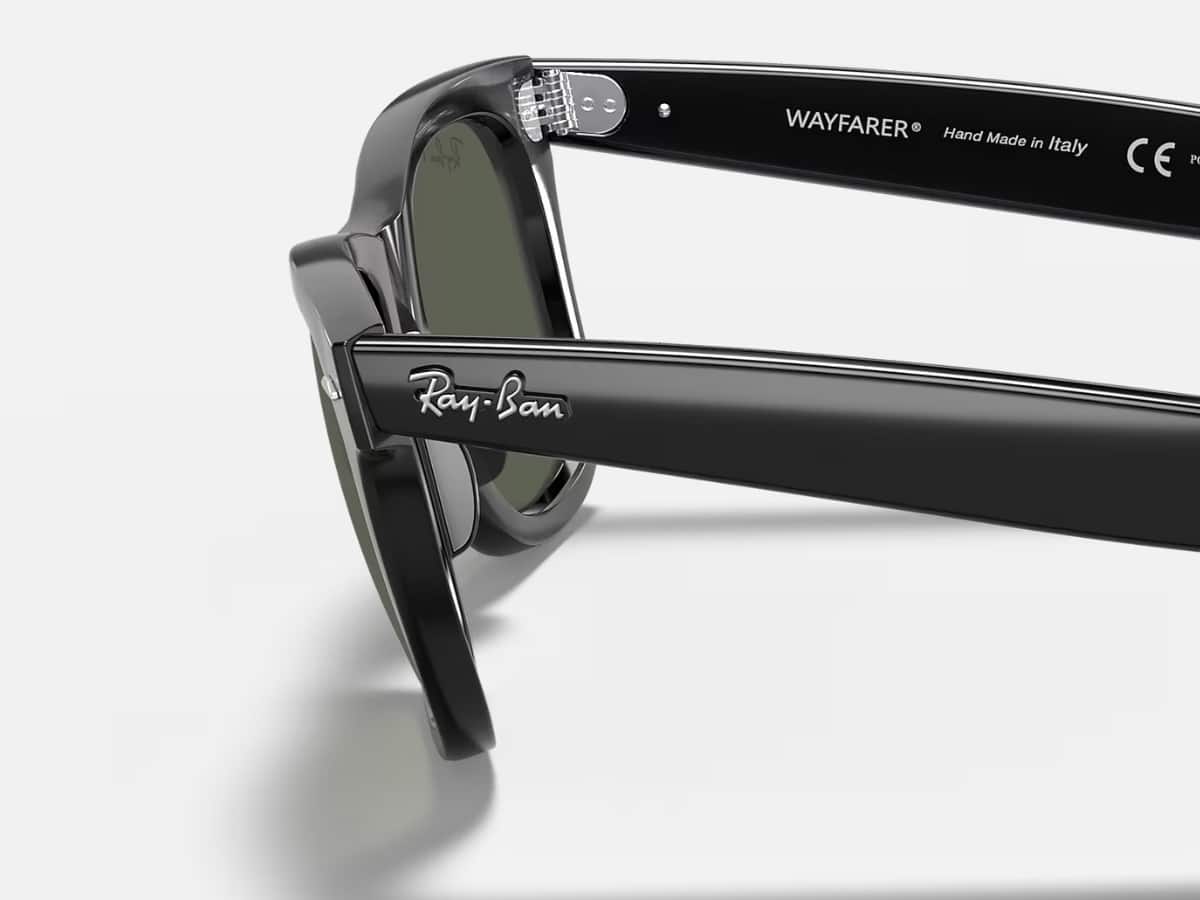
As Worn By…
As you would expect of a menswear icon of this calibre, the Ray-Ban Wayfarer has been donned by some of our most celebrated figures from film, music, sports, and public life. Here are a select few who’ve become synonymous with this piece of eyewear perfection.
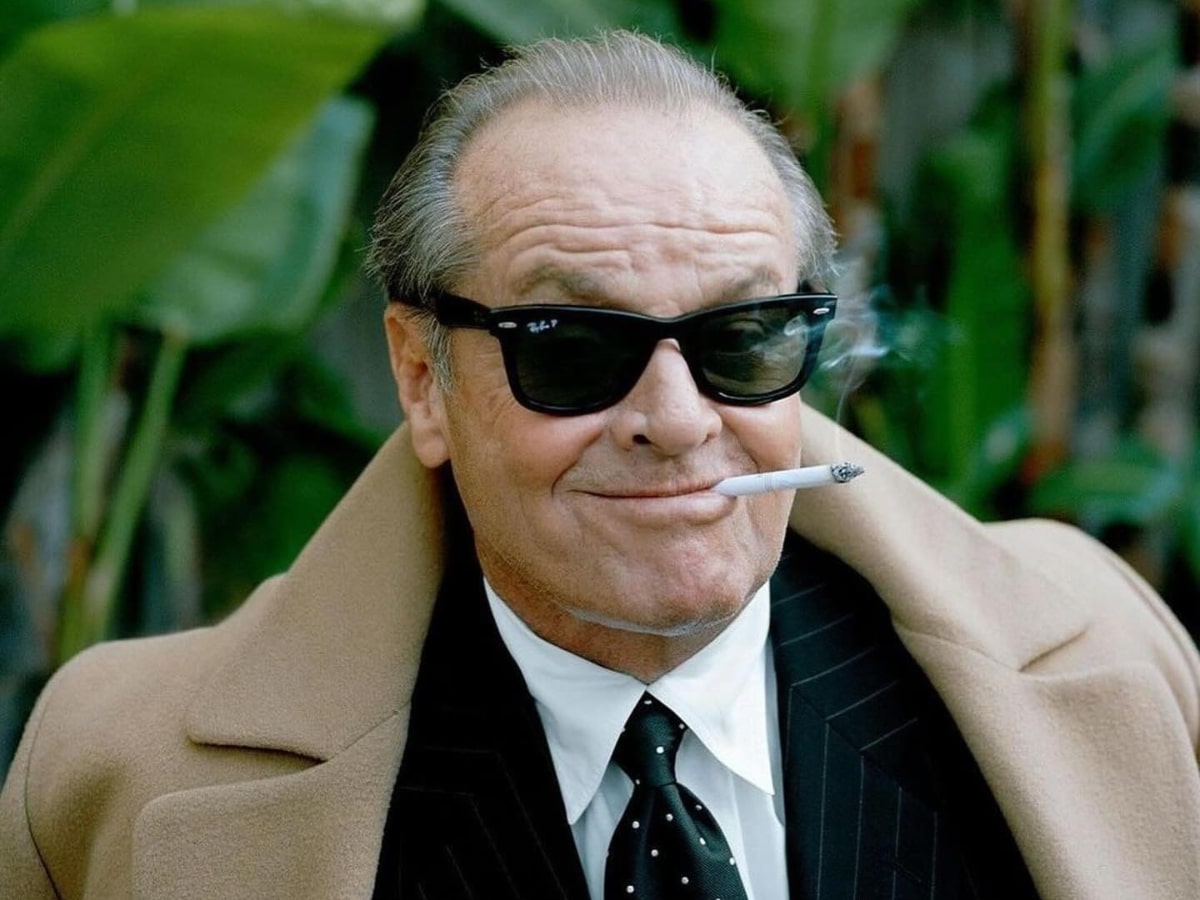
Jack Nicholson
One of the greatest actors to ever grace our screens, Jack Nicholson’s Wayfarers are an enormous part of his personal brand. As the man himself once said, “With my sunglasses on, I’m Jack Nicholson. Without them, I’m fat and 60.” He was being a little harsh with himself there, but there is an element of truth to it: the now 88-year-old can still throw on a pair of sunglasses and become the ultimate embodiment of Hollywood cool.
Tom Cruise
We’ve already mentioned him twice, but it’s hard to overstate Tom Cruise’s impact on Wayfarers and the trajectory of the Ray-Ban brand more broadly. Sales figures for the Wayfarer reportedly surged by more than 2,000 per cent after Risky Business hit cinemas, as people tried to claim some of his character’s devil-may-care attitude for themselves.
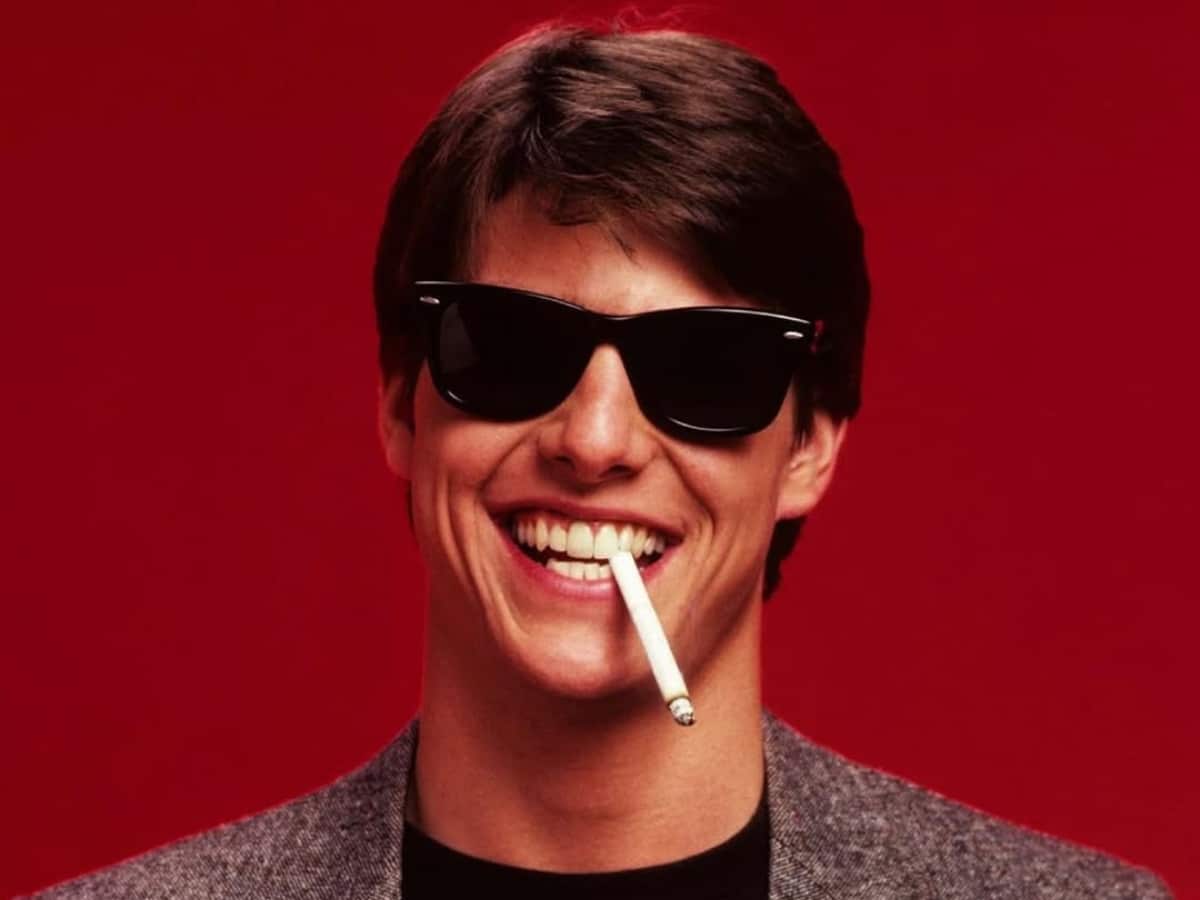

Bruce Springsteen
While the Wayfarer has been sported by countless musicians over the years, we just can’t go past an American icon wearing an American icon. Springsteen has always possessed a particular brand of effortless cool, mixing a down-to-earth practicality with a touch of rock-star flair: a perfect description of Ray-Ban’s Wayfarer if ever I’ve heard one.
A$AP Rocky
When he’s not busy making music or raising his young family with Rihanna, A$AP Rocky has taken on the role of Ray-Ban’s very first creative director. In that capacity, he’s placed his own spin on the Wayfarer, developing the recently released (and slightly eccentric) Wayfarer Puffer and the more conventional Mega Wayfarer from the Blacked Out Collection, as seen right.
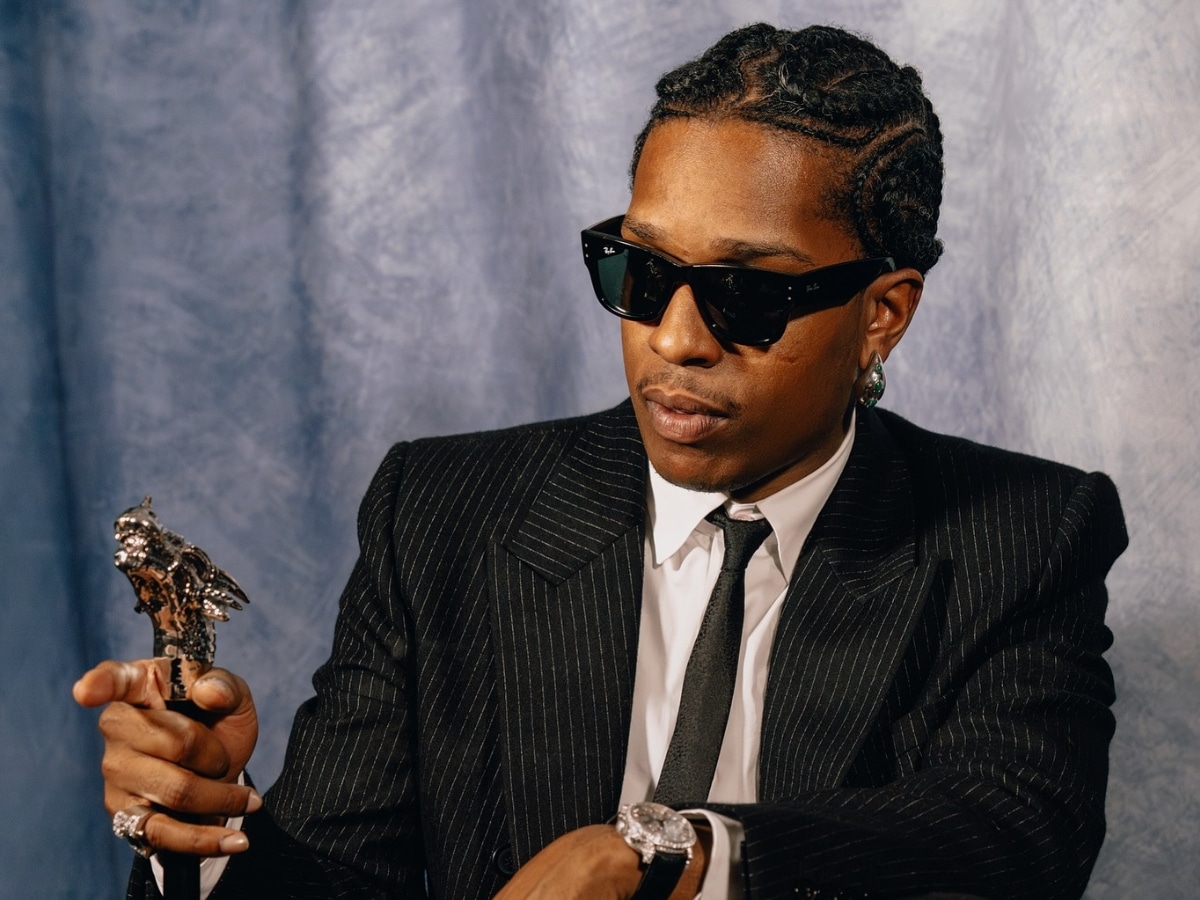
Where Can I Buy Ray-Ban Wayfarers?
Do you want to join the ranks of those who’ve looked the (risky) business in a classic pair of Wayfarers? You won’t have to look very far to find just the right ones for you.
With the seemingly inexhaustible popularity they’ve enjoyed over the last two decades, no sunglasses retailer worth its salt doesn’t have at least a handful of Wayfarer styles on offer. Of course, if you want to explore the full (and very extensive) Wayfarer range, you can do so by visiting Ray-Ban’s online boutique via the link below. Just steer clear of the awful Meta-collab versions and you’ll be in safe hands.




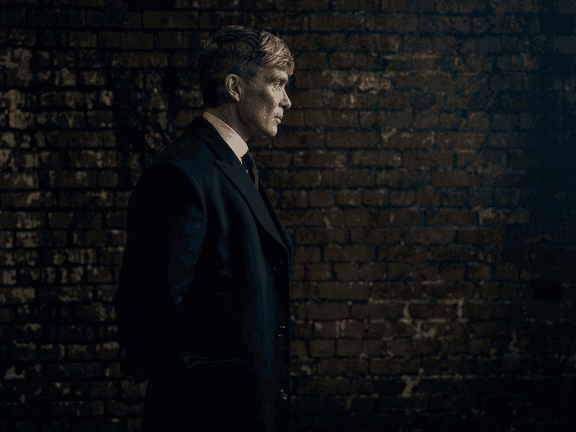
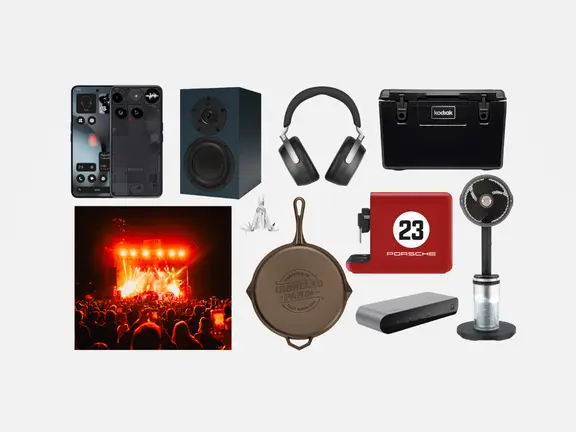
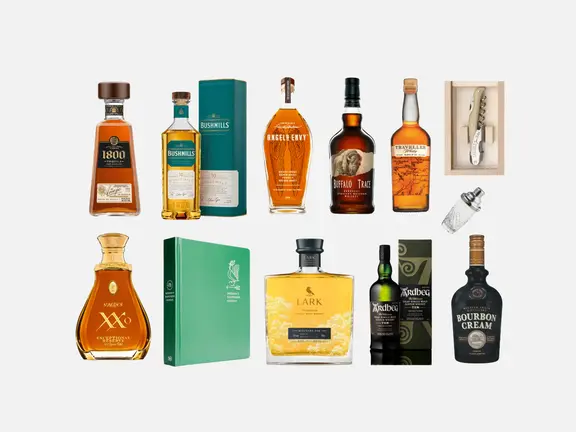


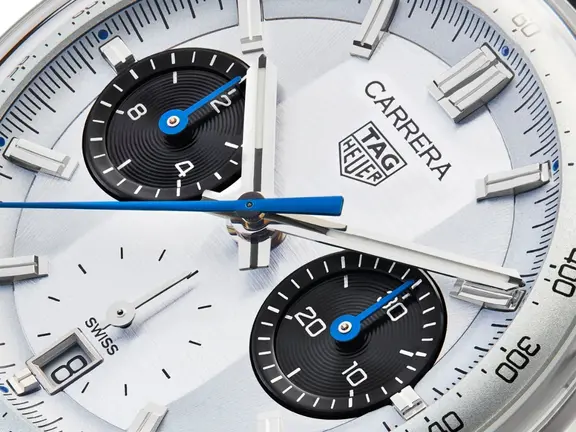
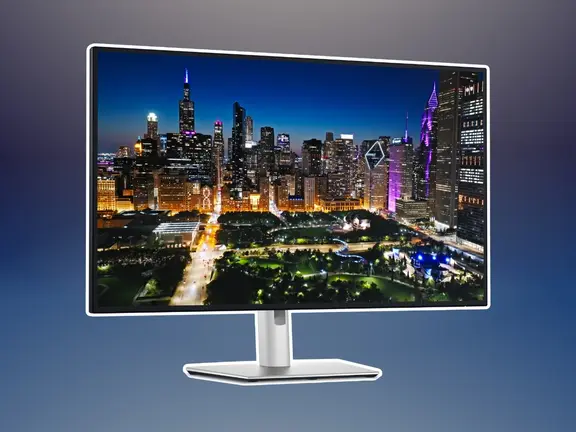
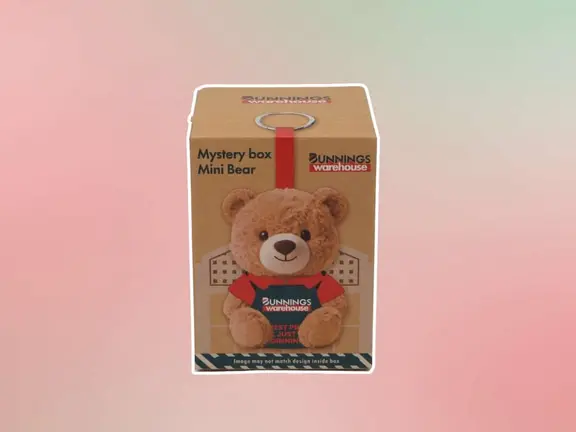

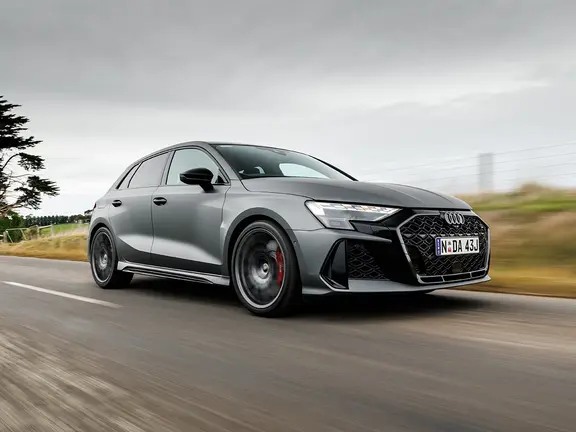
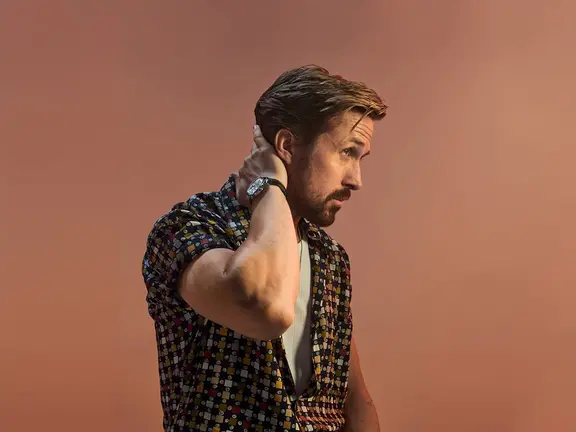

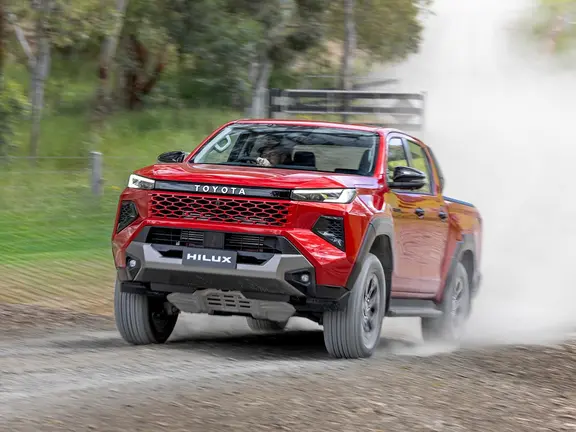

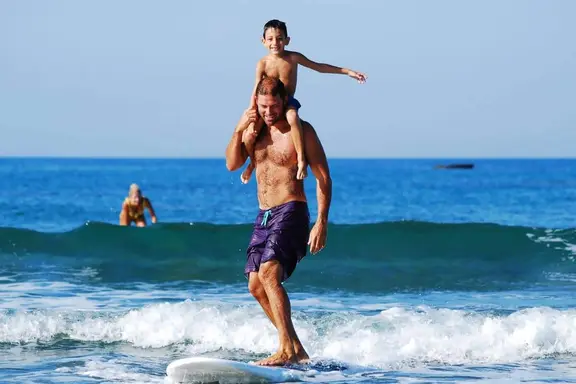

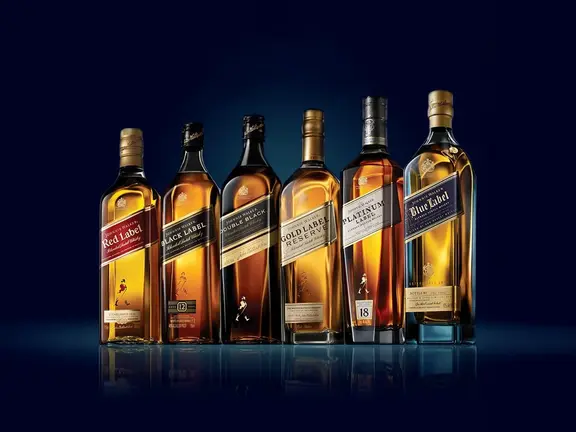
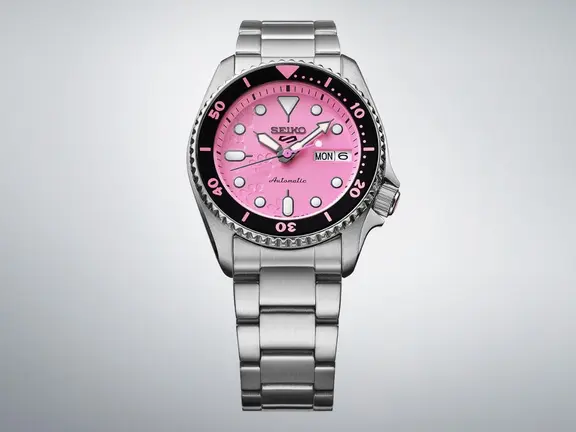



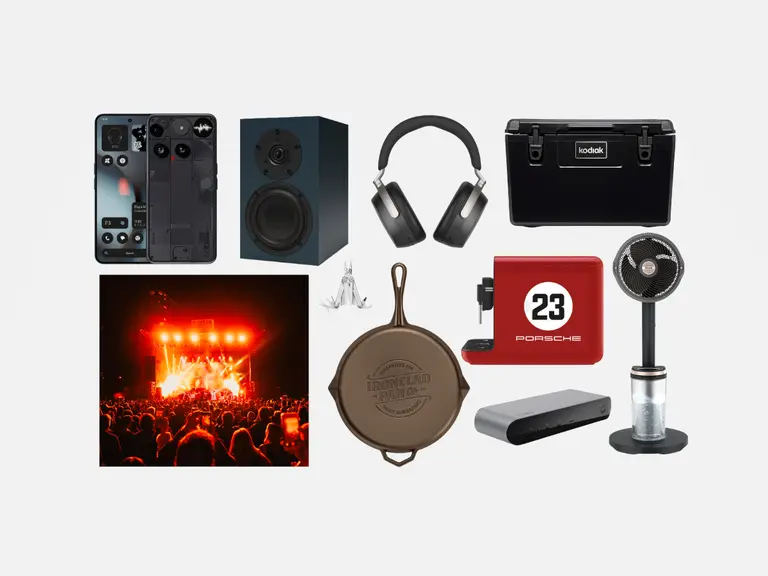






Comments
We love hearing from you. or to leave a comment.